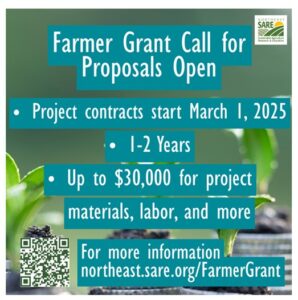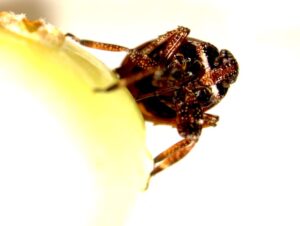https://go.rutgers.edu/IrrigationLog |
As 2024 winds down and irrigation pumps are finally being shut off after a very long, dry season, thinking about calculating how much water was used to be able to fill out that NJ DEP report form in a couple of months is likely the furthest thing on your mind. However, the RCE Ag Water Use Log Excel Template <https://go.rutgers.edu/IrrigationLog> can make that process much easier, whether you have used it all season, or just need an easier way rather than tabulating all those hours of pumping by hand. [Read more…]
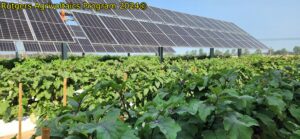
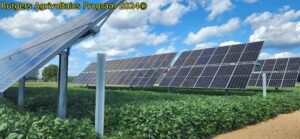
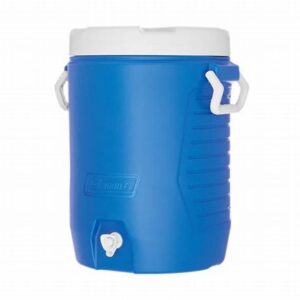 Protecting yourself and other workers from heat stress may involve purchasing some supplies for your farm operation. Some suggestions for items that may be used to “Beat the Heat” include water coolers, shade structures, fans for air movement in packing facilities, head coverings, sunscreen, and other things to help make a person cooler and more comfortable when working during high temperatures and/or in intense sunlight. Also, some companies listed also offer weather measuring devices to monitor environmental conditions for considering heat stress management decisions.
Protecting yourself and other workers from heat stress may involve purchasing some supplies for your farm operation. Some suggestions for items that may be used to “Beat the Heat” include water coolers, shade structures, fans for air movement in packing facilities, head coverings, sunscreen, and other things to help make a person cooler and more comfortable when working during high temperatures and/or in intense sunlight. Also, some companies listed also offer weather measuring devices to monitor environmental conditions for considering heat stress management decisions. 